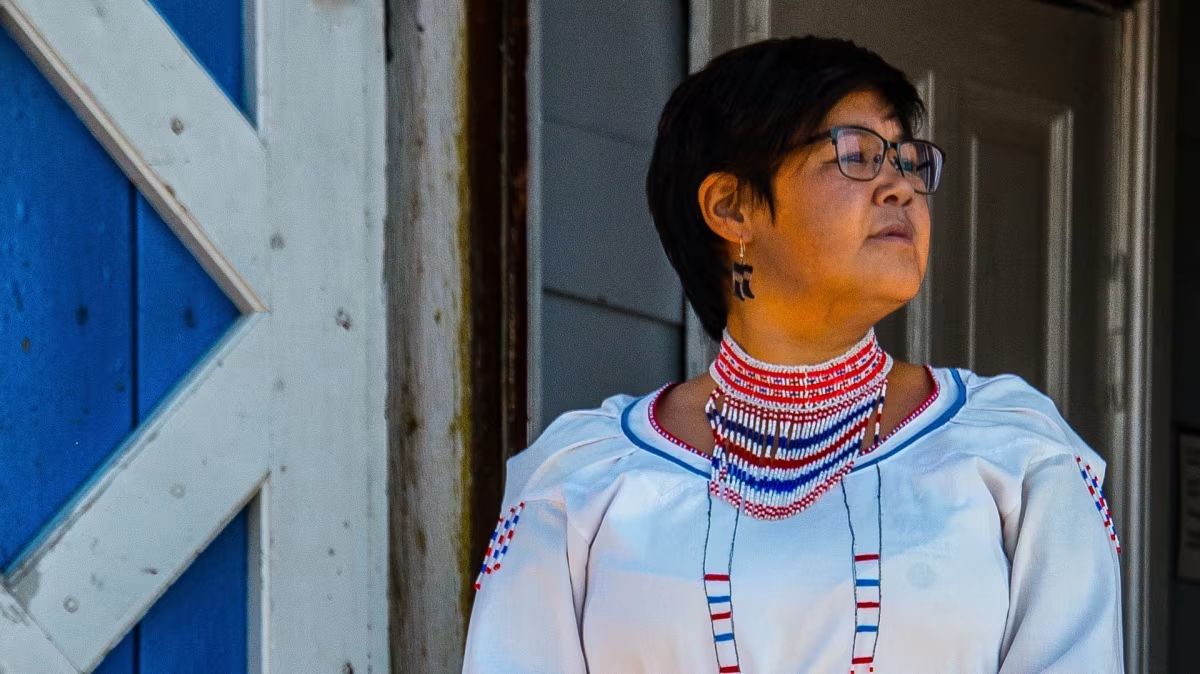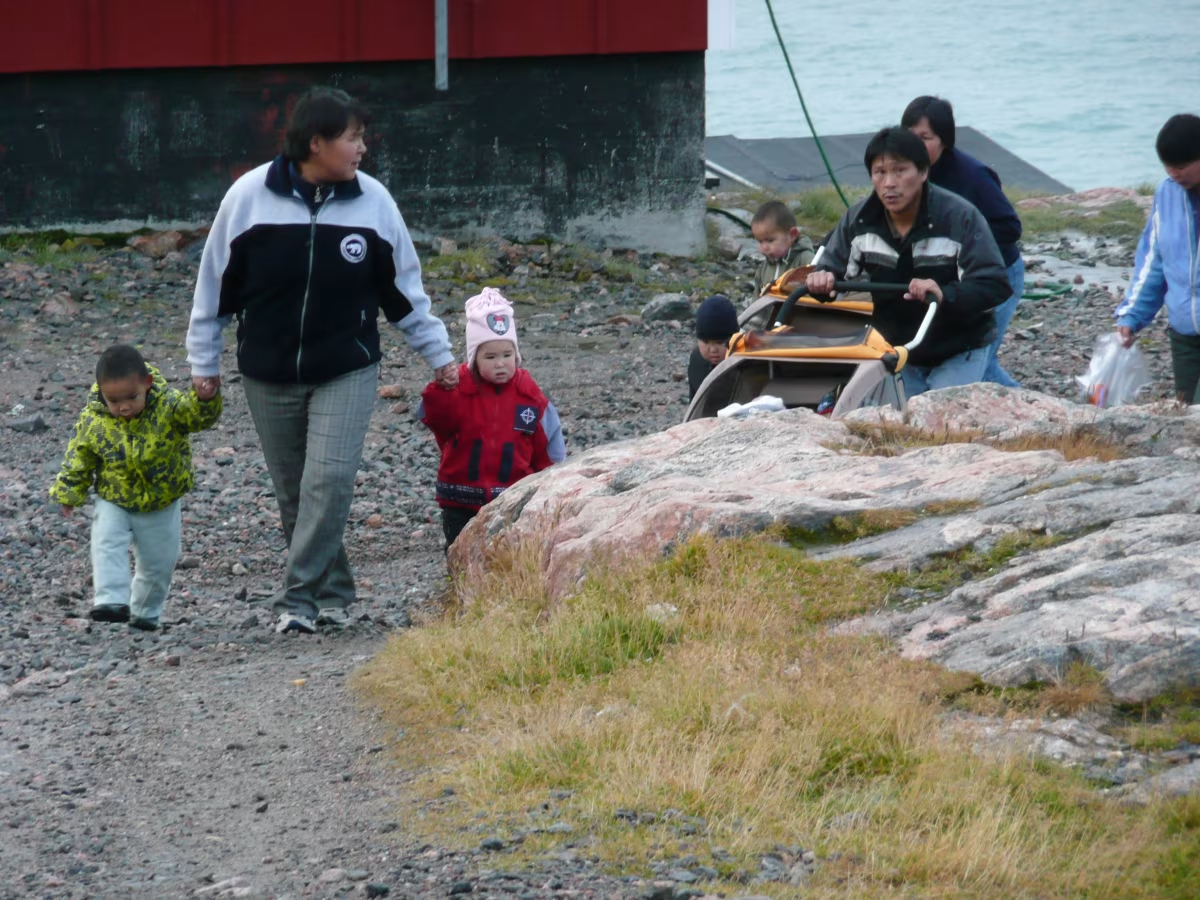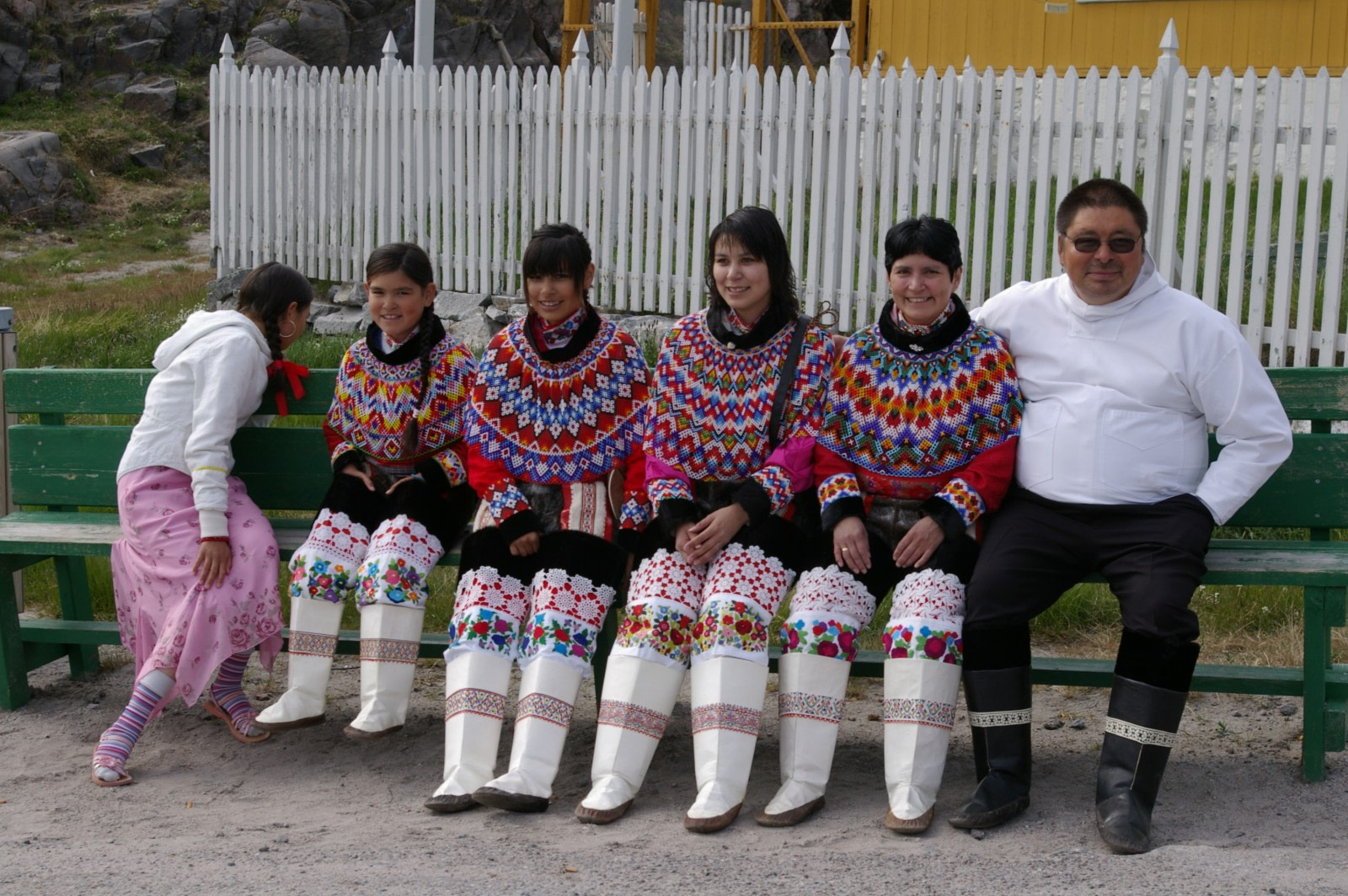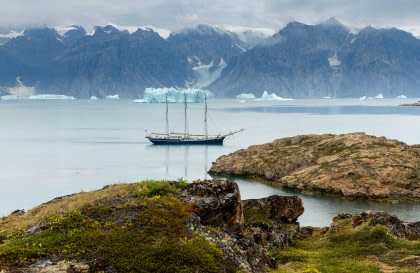10 Inuit facts to enlighten your Greenland experience
If you are going to participate in an Arctic cruise you probably have an interest in the Inuit culture. To help you learn more about these people that you are likely to encounter if you decide to take a Greenland trip, we present 10 interesting Inuit facts that everyone should know.
1. Inuit prefer to be called Inuk or Inuit - but not Eskimo
Although it has become common to refer to the Inuit as Eskimos, this is not their preferred name, nor does it have anything to do with their cultural heritage. Instead, it is believed that either the French or Danish first coined the phrase Eskimo, and it apparently meant either “snow-shoe netter” or “meat eater.” Either way, the majority of modern Inuit people view the word Eskimo as a racial slur. Therefore, if you are speaking with something from an Inuit tribe, be sure to avoid the culturally insensitive word. It is also important to be aware that Inuit is for plural usage, and Inuk is singular.
2. Greenland’s population is primarily Inuit
As of 2012, a whopping 89 percent of the total population of Greenland was Inuit. This means that there are an estimated 51,349 Inuit people living in this country, and the vast majority of them live in the southwestern corner. However, there are three distinct major Inuit groups: Inughuit, Tunumiit and Kalaallit. Approximately 10 percent of the Inuit people live in remote regions, and each group speaks its own language.

3. Rubbing noses is not an Inuit form of kissing
Most people have heard the phrase "Eskimo kiss," and it is not uncommon to see non-Inuit couples doing this as a form of affection. The reality, though, is that the Inuit do not rub noses in order to kiss, but they do use a slightly different form of this gesture to greet their significant others, children and parents. Unlike what you have probably experienced while participating in a so-called Eskimo kiss, the Inuit are actually smelling each other’s cheeks and hair. This act is known as kunik.
4. The ancient Inuit made armor
When you hear the word armor, you probably envision knights protected by steel. The ancient Inuit had no way to get their hands on steel, but they still needed protection from the elements and dangerous animals. Due to this, they crafted their own version of armor out of raw leather straps and bone plates, which was usually made from walrus teeth. This design was definitely ingenious, and it enabled the earliest Inuit people to survive many encounters that would have almost certainly been deadly otherwise.
5. Inuit art has a long history
Tourists who visit Greenland are often excited to purchase an original piece of Inuit art. The most commonly available example of this art is a little statue that is known as a tupilak. According to Inuit history, the tupilaks were once carved out of bone, and they were believed to be an important piece of witchcraft that could kill one of the artist’s enemies. In modern times, some Inuit carvers have been able to make a living out of making grotesque tupilaks from wood, narwhal tusks or reindeer horns. Tupilaks are no longer associated with witchcraft and are sold at gift shops.
6. Inuit folklore is incredibly extensive
Every culture throughout human history has developed some type of folklore, and most of these stories were meant to explain away fears about the unknown. For example, some modern Americans believe in Bigfoot, but most people are convinced that this creature does not exist. For the ancient Inuit people, their mythological creature to fear and stand in awe of was called the Qallupilluk. This word translates into monster, and tales about its horrific actions were used to keep children from wandering far away. According to the early legends, Qallupilluk lived under the water, and this twisted mixture of a humanoid figure/monster was said to drag children to an icy grave.
7. Igloos are not just inuit snow huts
The image of what you believe to be an igloo is probably very easy to conjure up, but this does not fully encompass the actual meaning of this word. Although there are some Inuit who live or have lived in the dome-shaped buildings that are constructed almost exclusively from snow and ice, the word igloo means any type of structure where people live. Therefore, whether you live in a European mansion or a studio apartment, you reside inside an igloo.
8. The Inuit don't have hundreds of words for snow
Another misunderstanding of Inuit culture was caused by anthropologist Franz Boas back in the 19th century. Boas was given the ability to live with the Inuit for a while so that he could learn more about them, and he made note of the fact that they refer to snow often. However, the misconception that the Inuit have hundreds of words from snow derives from a misunderstanding of their sentence structure. Instead of using multiple words to describe something, Inuk individuals can use one word such as aqilokoq to mean the entire phrase “softly falling snow.” Naturally, the Inuit have a lot of phrases to describe weather conditions, but there are only believed to be three root words that actually mean snow.
9. The Inuit diet is rapidly expanding
In Greenland, 11 percent of the residents are not Inuit. This means that the each Inuk who lives in Greenland has the potential to be exposed to new dining options, but even this has not considerably altered their traditional diet. Anthropologists and other researchers have determined that the Inuit diet has stayed mostly the same throughout the centuries, and it consists primarily of meat and fish because it is hard to gain access to vegetables and fruit in cold, remote areas.
10. Inuit have inventive forms of transportation
When you live in an area that is mostly snowy, it becomes important to find easier forms of transportation than walking. Therefore, some of the early Inuit tribes were responsible for creating qamutiks, or dogsleds, and qajaqs, which are now known as kayaks. It was also common for larger groups of Inuit people to be transported across the water via umiaqs. The dogsleds were constructed from wood and whale bones, and the same materials were used to make their vessels.



